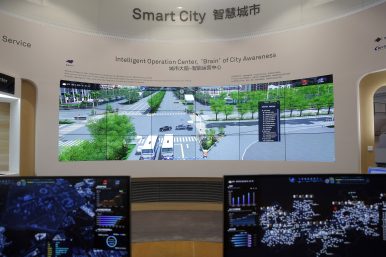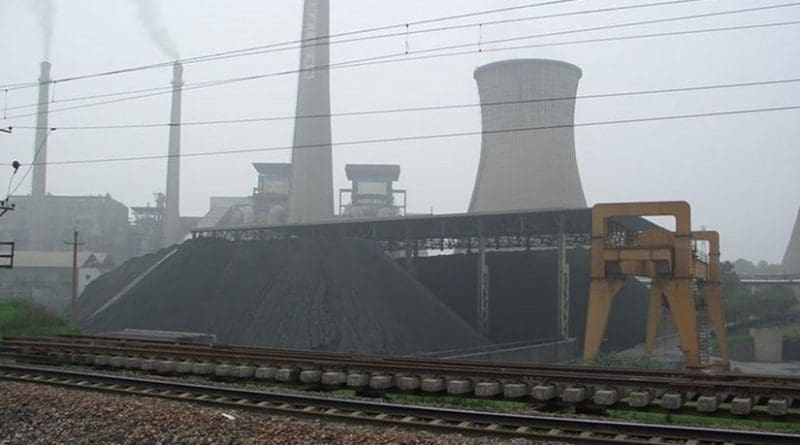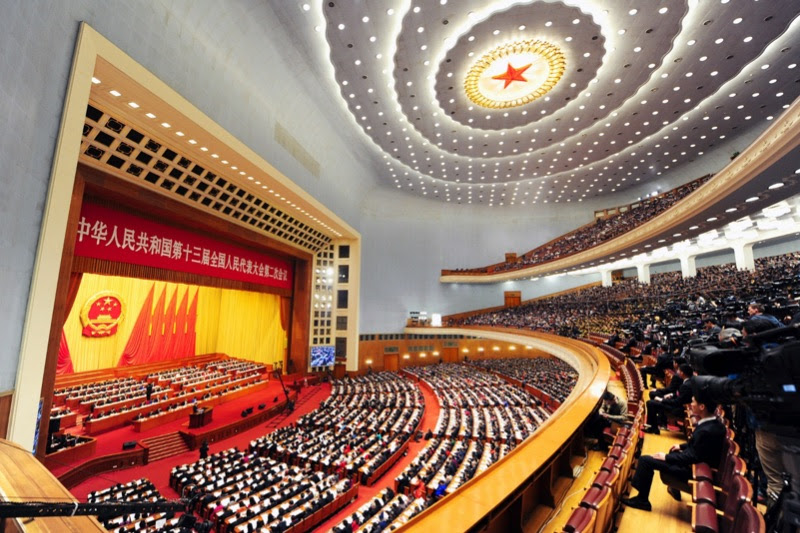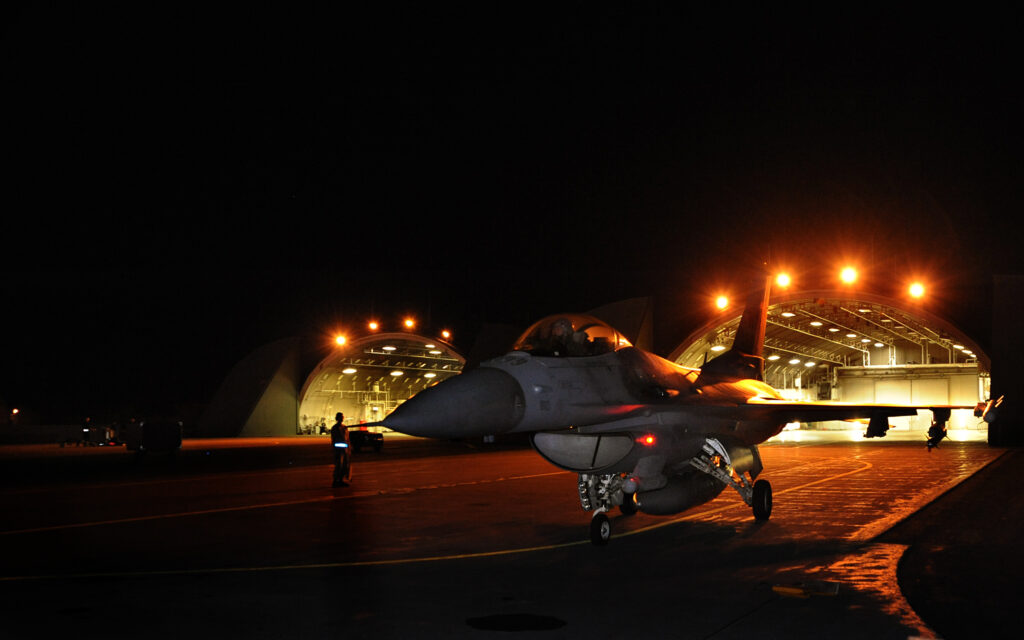Brahma Chellaney
A final deal between the United States (US) and the Pakistan-reared Afghan Taliban appears imminent, with the Taliban saying major differences have been resolved. Pakistan’s key role in this process, and in the implementation of the deal that emerges, has emboldened it to downgrade diplomatic relations, and suspend bilateral trade with India — actions that New Delhi itself should have taken long ago against its terrorism-exporting neighbour.
In fact, US President Donald Trump’s looming Faustian bargain with the Taliban was an important factor behind India’s change of the constitutional status of Jammu and Kashmir (J&K). A resurgent Pakistan-Taliban duo controlling Afghanistan would spell greater trouble for J&K, including increased cross-border entry of armed jihadists.


















